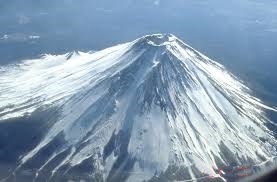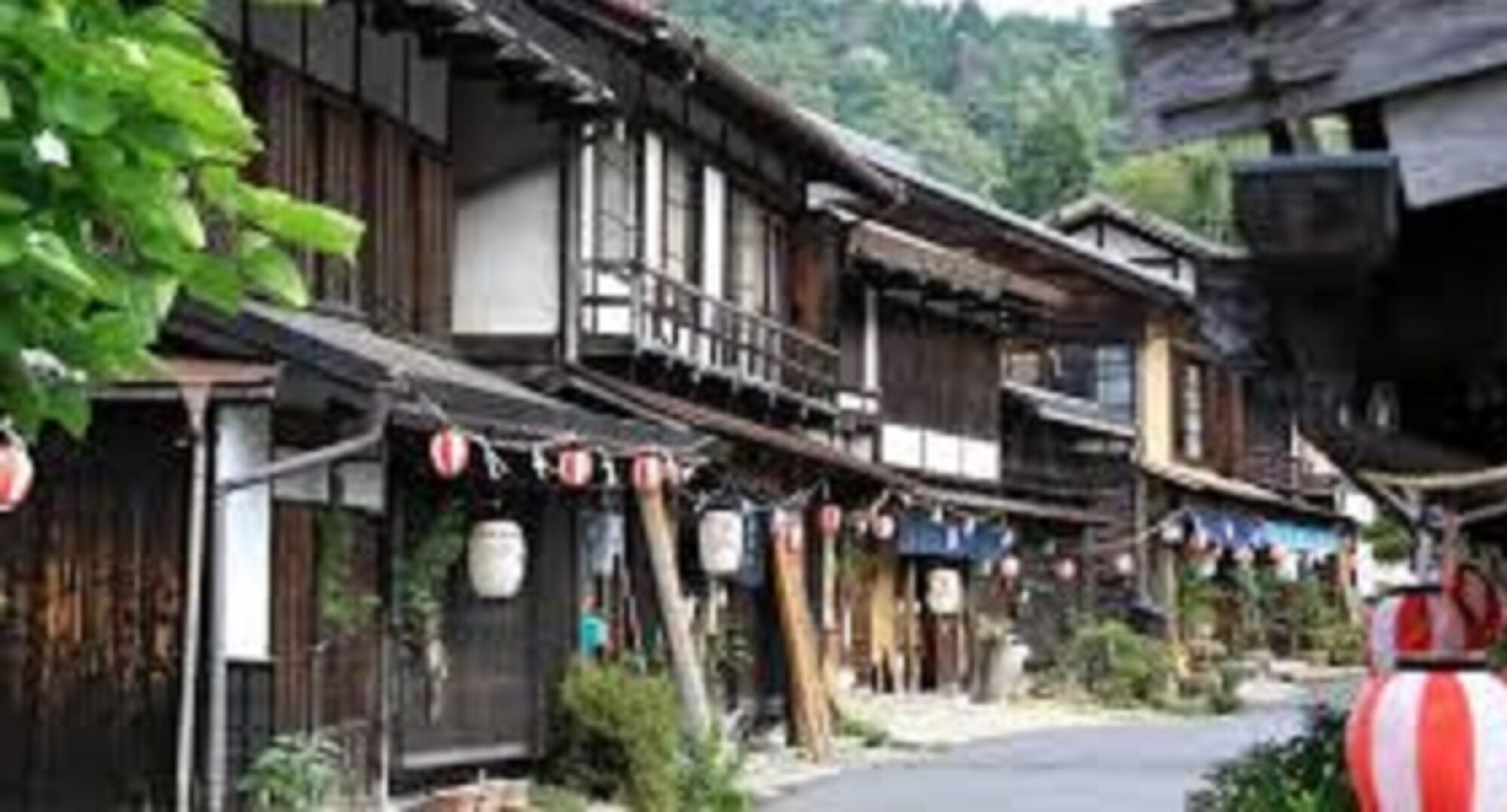Mt. Fuji is an extremely beautiful cone-shaped stratovolcano with an altitude of 3,776 meters, and its southern foot extends all the way to the coast of Suruga Bay.

The actual height of the mountain above sea level (3,776m) is one of the highest in the world.
Because it has repeatedly erupted since ancient times, it has been revered by many people as a sacred mountain.
It has been popular as a “famous mountain” that represents and symbolizes Japan.
A shrine building was built at the foot of the mountain to worship the mountain, and later the Fujisan Motomiya Sengen Taisha Shrine and the Kitaguchi Motomiya Sengen Shrine were established.
Fujisan Motomiya Sengen Taisha

Kitaguchi Motomiya Sengen Shrine

From the Heian period to the Middle Ages, it flourished as a training hall for Shugen training.
In the early modern period, Fuji-ko was organized in Edo and its surrounding areas, and many people conducted large-scale worship-climbing activities for the purpose of practicing Mt. Fuji meditation.
Fujiko

This style of mountain climbing based on Japan’s unique mountain folk beliefs continues to survive even today.
The cultural heritage that constitutes
It is a distinctive feature of climbing Mt. Fuji, with many mountaineers visiting especially in the summer.
Mt.Fuji climbing

Thirty-six views of Mt. Fuji

It was depicted in many paintings, including Ippen Sei-e'' andThirty-six Views of Mt. Fuji” by Katsushika Hokusai.
Many waka poems about Mt. Fuji remain in the Manyoshu and the Kokin Wakashu.
In this way, Mt. Fuji is world-famous as a “famous mountain” that forms the basis of this country’s culture.
Not only is it a beautiful stratovolcano that boasts the highest peak in Japan, but it is also an object of worship and a source of art.
It has global significance as a cultural landscape related to various literary activities.
It was also assessed as having outstanding universal value.
